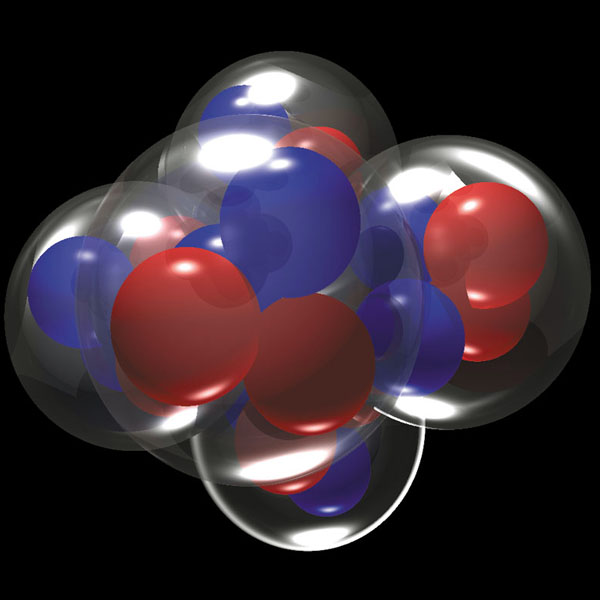The rate of radioactive material disintegration is independent of physical and chemical conditions. The number of atom that break up at any instant is proportional to the number of atoms present at that instant. Let be the number of atoms present in a particular radioactive element at a given instant
. Then rate of decrease
is proportional to
.
(1)
here is constant known as disintegration constant or decay constant of the radioactive element. It is defined as the ratio of the substance which disintegrates in a unit time to the amount of substance present
Equation (1) can be written as
Integrating we get
(2) here C is constant of integration
Let be number of radioactive atoms present initially.
Then when ,
Therefore,
Substituting for C in (2) we get
(3)
This equation shows that number of atoms on taken radioactive element decreases exponentially with time. Theoretically, infinite time is required for radioactivity to disappear completely and this is same for all elements. Hence to compare two element’s radioactive properties, a quantity called half-life period is used.
Half life period: The half life period of a radioactive substance is defined as the time required for one half of the radioactive substance to disintegrate. For any given radioactive element, at the end of time only 50% of the radioactive atoms remain unchanged and at the end of
only 25% remain and at the end of
12.5% remain and after
6.25% remain and so on.
Value of half-life period
We have the relation
If be the half life period, then at
and
Thus we can conclude that half life is inversely proportional to disintegration constant lambda. Half life is different for different radioactive substances. Uranium has a half life period of and Radium has a half life of 1622 years while element Radon has half life of 3.8 days.






